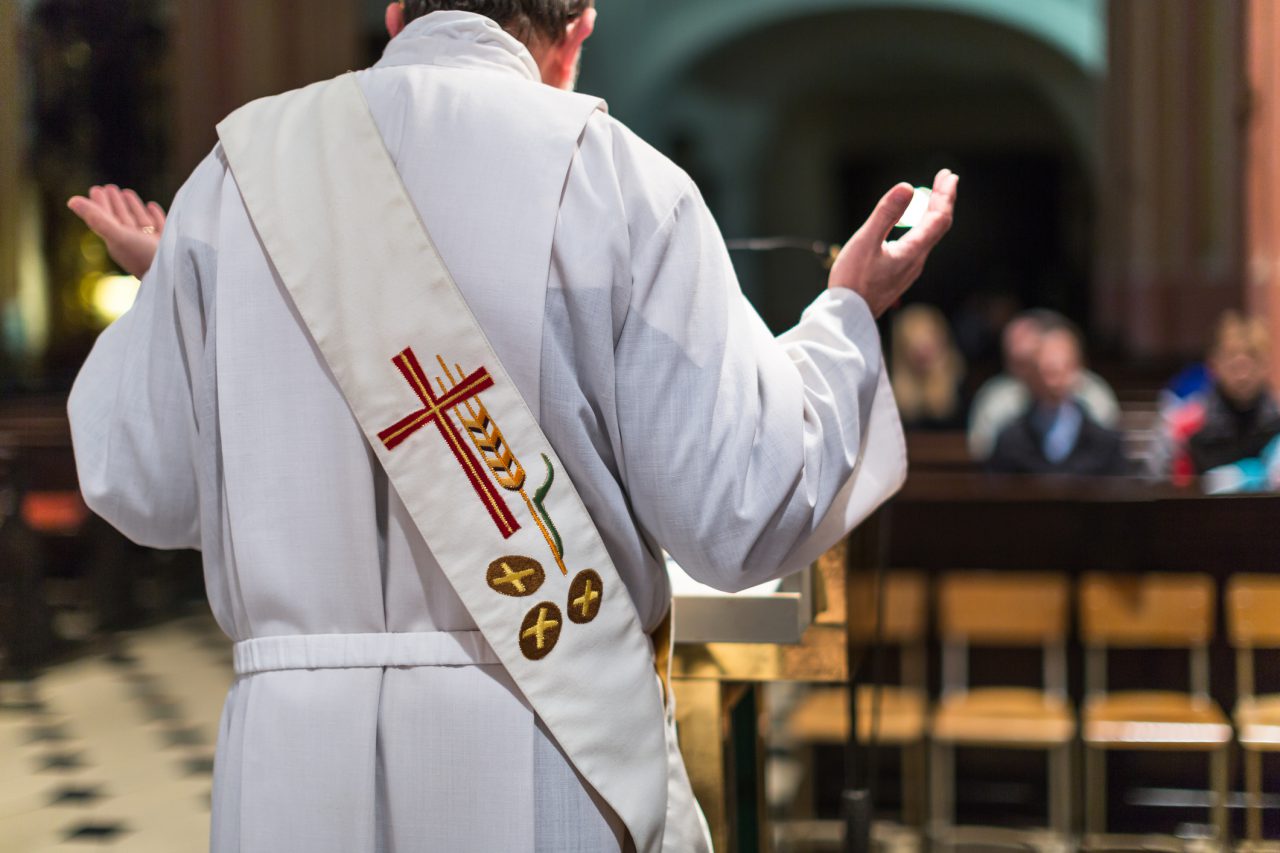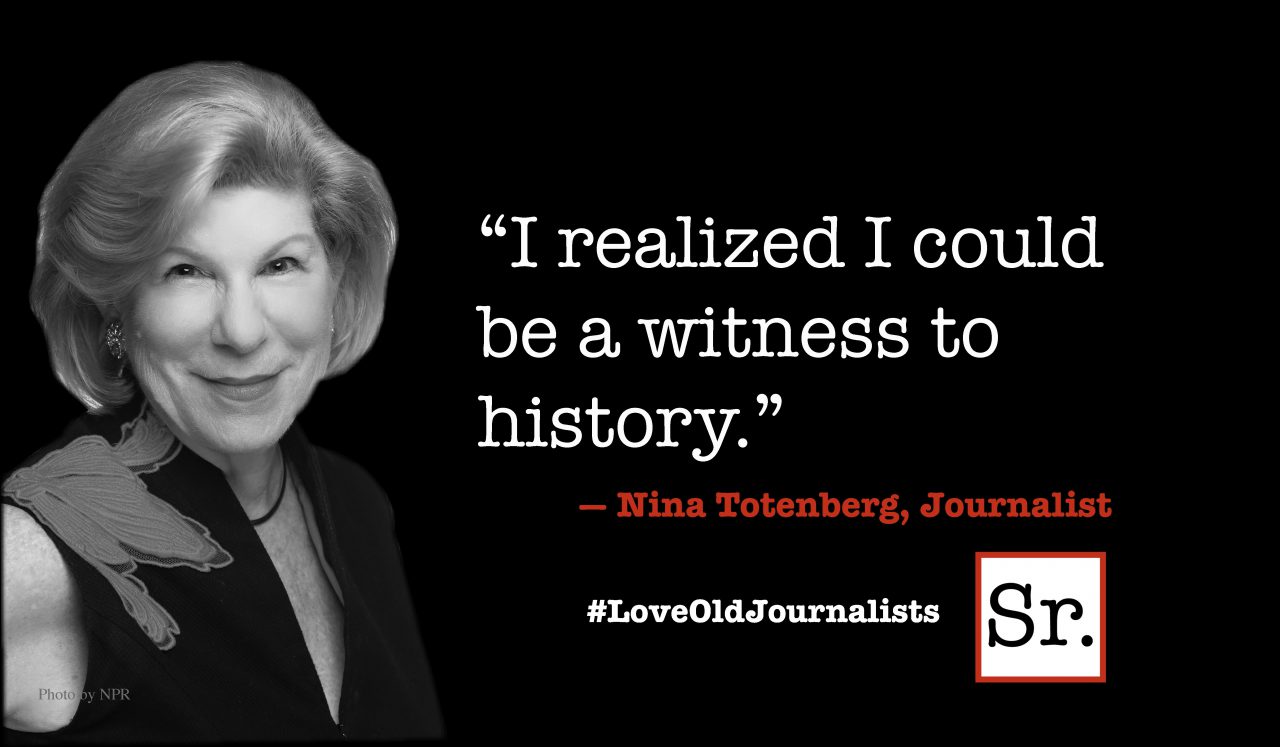The New York Times recently reported that the niece of Fulton J. Sheen filed suit in the New York Supreme Court to compel St. Patrick’s Cathedral to disentomb the body of Sheen so it can be moved to Peoria, Ill., the city of his birth.
Earlier it was reported that Sheen’s beatification — the final step before sainthood — would be delayed because Catholic hierarchs couldn't agree where his body should be end up.
For many non-Catholics, this dispute over a body seems as unseemly as the revelation that Masterpiece Theatre host Alistair Cooke’s bones had been cut from his body by rogue morticians and sold for transplant tissue.
For many Catholics, the dispute over Sheen’s body is more ethereal. It means the late, beloved television preacher will have to wait for the official recognition that he is doing saintly things in heaven along with newly installed Saints Pope John XXIII and Pope John Paul II.
For Christians with a broader view of sainthood, the dispute makes little sense. Baptists and other sects regard a saint as anyone who receives Jesus Christ by faith.
One does not even have to be dead to qualify. The Apostle Paul, himself long recognized by the Catholic Church as an official saint, agreed. To Paul, a saint was any member of the body of Christ, alive or dead. Note, for example, his salutation to the church at Corinth in 1 Corinthians 1:2, “to those who are sanctified in Christ Jesus, called to be saints, together with all those who in every place call on the name of our Lord Jesus Christ.”
That should settle it for Saint Fulton of Peoria. In his lifetime, he not only accepted Jesus in faith, he also embarked on a career that led millions to the same decision.
For those of us of a certain age (boomers in our fifties and sixties), Sheen was one of the first stars of 1950s television. His show Life is Worth Living (1951 to 1957) sometimes attracted more viewers than “Mr. Television,” Milton Berle, who hosted the first nationally broadcast variety show on the small screen. Berle liked to be called “Uncle Milty,” and soon Sheen’s fans were calling him “Uncle Fulty.”
I was a devoted fan of both Milty and Fulty. I remember one show in which Sheen read a letter from a 9-year-old (someone my age) who expressed fondness for the bishop’s skullcap. Sheen removed the cap from his head and announced he would send it to the child. I was thrilled by Sheen’s recognition of the kids in his audience — and a little jealous that I didn’t think to ask for his hat.
[For younger readers who have never heard of Sheen, there are dozens of examples of his television preaching on YouTube. Here’s an example.]
In 1957, a spiteful New York Cardinal Francis Spellman forced Life is Worth Living off the air. Yet Sheen always spoke forgivingly of Spellman, which is a collateral sign of his saintliness. And to be sure, Sheen’s saintly career abounded as director of the Society for the Propagation of the Faith, bishop of Rochester, N.Y., and titular bishop of Neoportus (New Port, Wales).
I shook Sheen’s hand in October 1967 when I was in Rome attending an Air Force religious retreat. Pope Paul VI (now beatified, but until recently stuck in the airless anteroom of indecision while the church determined his saintliness) was hosting Ecumenical Patriarch Athenagoras I in a historic confab. Church hierarchs and celebrities came from all over the world to watch. We Americans standing in St. Peters immediately recognized Sheen in the procession. Uncle Fulty, his white hair set off by his purple cap, reached out to our extended hands — smiling, winking, repeating, “Hi, ya, how are ya, hi, ya.” His charisma was irresistible.
Sheen died in 1979 and, despite his stated wishes to be buried in Calvary Cemetery Queens, he was entombed in a crypt at St. Patrick’s Cathedral in Manhattan. And so far Sheen has remained undisturbed, or his bones have.
Bishop Daniel R. Jenky of Sheen’s hometown of Peoria, Ill., has asked New York Cardinal Timothy M. Dolan to fulfill a verbal promise by his predecessor to send the bones to Peoria for burial. Jenky apparently foresees great possibilities for the consecrated body as a spiritual attraction for Midwest pilgrims.
But Cardinal Dolan, a lifelong admirer of Sheen, has said no way. The bones will remain in New York City where Sheen spent a large part of his life. The impasse — for reasons that mystify non-Catholics — has halted the canonization process.
What, we non-liturgical Christians ask around our communion tables, slurping our Welches and noshing neat squares of white bread, does a corpse have to do with sainthood? Recognizing that the road to Catholic sainthood doesn’t always translate well within the Protestant yahootude, the New York Times explained that this is not an unprecedented stalemate.
“To be sure,” wrote the Times’ Sharon Otterman, “disputes over remains of saints are nothing new in the Roman Catholic Church, and in the past the resolution has sometimes been to divide the body. St. Catherine of Siena is enshrined in Rome, but her head is revered in a basilica in Siena, Italy. St. Francis Xavier, the 16th-century missionary, is entombed in Goa, India, but his right arm is in Rome, in a reliquary at the Church of the Gesu.”
But that macabre solution seems out of the question for Sheen, and the late archbishop remains in that stale anteroom of indecision along with Pope Paul VI and millions of other wannabees awaiting admission to the manse of saints.
That seems very sad, unless you look at it from the point of view of millions of Protestants who knew they were saints as soon as they reached out in faith to Jesus.
And — if I can do so without offending millions of faithful Catholics who embrace the uncompromising requirements for sainthood that have been followed for centuries — perhaps I can offer a few words of comfort: Saint Fulton of Peoria is not interred with his moldering bones. He has long since flown free to the saintly realm God arranged for him when he first encountered Jesus. And with very little effort, I can imagine him chatting daily with some of the saints I knew so well: Saints Bertha and Goldie of Oneonta and Saint Doris of Sacketts Harbor, Saints Mary and Elmore of Morrisville, and Santo Beny de la Habana.
The fortunate thing for these saints is that they did not have to pass an unreasonably strident inquisition to prove their saintliness. I knew them well enough to doubt most of them could have advanced past the first step.
But I also know they joined the throng of saints the moment they reached out in faith to Jesus. It was at that moment they walked through the door into the bright light and pure air enjoyed by all God’s saints.
And bones or no bones, it is in that magnificent mansion that Saint Fulton dwells, too. Now and forever.









